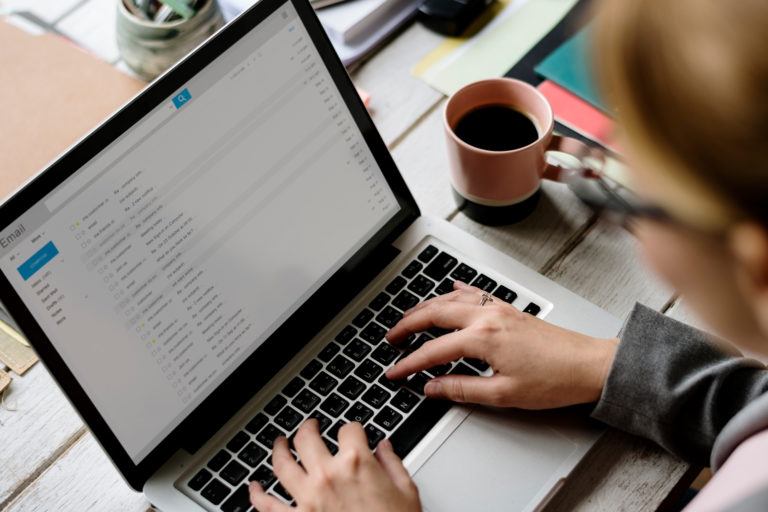
Quick Tips
Imagine this: You’re in the middle of an important virtual meeting, and as you adjust your screen, a cloud of dust ascends, causing an involuntary sneeze that startles your colleagues. Your once sleek and pristine laptop now bears the marks of countless coffee spills, snack crumbs, and the occasional pet hair. Neglecting its cleanliness isn’t just an aesthetic oversight—it’s a surefire way to invite performance issues and shorten its lifespan. In this guide, we’ll walk you through 5 straightforward steps to rejuvenate your laptop. With a blend of dark humor and practical advice, you’ll learn how to banish grime, prevent damage, and keep your device running smoothly.
Why Clean Your Laptop?
Laptops are the unsung heroes of our daily lives, enduring endless typing, streaming, and multitasking. However, their constant exposure to environmental pollutants like dust, food particles, and skin oils can lead to overheating, sticky keys, and display smudges. Regular cleaning not only enhances performance and extends the device’s lifespan but also promotes a healthier workspace by reducing allergens and bacteria. If you’re also dealing with a grimy display, check out How to Clean a Computer Monitor for a more specialized approach.
General Supplies You’ll Need
- Compressed Air Canister: Essential for dislodging dust and debris from tight spaces without physical contact.
- Isopropyl Alcohol (70% or higher): A disinfectant that evaporates quickly, suitable for cleaning electronic components.
- Distilled Water: Prevents mineral deposits on screens and surfaces.
- Microfiber Cloths: Non-abrasive and lint-free, perfect for wiping surfaces without scratching.
- Cotton Swabs: Ideal for reaching crevices and detailing small areas.
- Soft-Bristled Brush: Helps in gently loosening debris from keyboards and vents.
- Tweezers: For extracting larger particles or hairs from ports and between keys.
Step-by-Step: How to Clean Your Laptop
1. Power Down and Unplug
Before embarking on this cleaning adventure, ensure your laptop is turned off and disconnected from any power source. This not only protects you from electrical hazards but also safeguards your device from potential damage.
2. Attack the Keyboard Debris
The keyboard is a notorious magnet for crumbs and dust. Hold your laptop at a slight angle and use the compressed air to blow out particles from between the keys. For stubborn debris, gently brush with a soft-bristled brush or use tweezers for precision extraction. Finish by lightly dampening a microfiber cloth with isopropyl alcohol and wiping the key surfaces to remove oils and germs.
3. Evict Dust from Ports and Vents
Dust accumulation in ports and vents can impede airflow, leading to overheating. Use compressed air to blow out dust from these areas, holding the canister upright to prevent moisture from entering the device. For ports, a dry cotton swab can help clean the interior surfaces without causing damage.
4. Restore Clarity to the Screen
Your screen deserves to be free of fingerprints and smudges. Create a cleaning solution by mixing equal parts of isopropyl alcohol and distilled water. Lightly dampen a microfiber cloth with this solution—never spray directly onto the screen—and wipe in gentle, circular motions. Avoid pressing too hard to prevent pixel damage.
5. Sanitize the Exterior Surfaces
The laptop’s casing and touchpad are hotspots for grime. Wipe them down with a microfiber cloth slightly moistened with the isopropyl alcohol solution. Pay extra attention to high-touch areas like the touchpad, ensuring all residues are removed. Allow all components to dry completely before powering the device back on.
Additional Tips and Preventive Measures
- Regular Maintenance: Incorporate laptop cleaning into your monthly routine to prevent buildup and maintain optimal performance.
- Proper Ventilation: Use your laptop on hard, flat surfaces to promote adequate airflow and prevent overheating.
- Hand Hygiene: Clean hands mean less dirt transferred to your device. Wash and dry your hands before use.
- Protective Gear: Consider using a keyboard cover and screen protector to minimize direct contamination.
- Mindful Eating: Avoid consuming food and beverages near your laptop to reduce the risk of spills and crumbs.
Common Pitfalls to Avoid
- Using Excessive Liquid: Over-saturating cloths can lead to moisture seeping into internal components, causing damage.
- Applying Household Cleaners: Harsh chemicals can erode protective coatings and damage surfaces. Stick to recommended cleaning solutions.
- Neglecting Vent Cleaning: Ignoring vents can lead to dust buildup, restricting airflow and causing overheating.
- Forgetting to Unplug: Always disconnect from power sources before cleaning to ensure safety.
- Reassembling Before Drying: Ensure all parts are thoroughly dry before powering on to prevent electrical shorts.
Embrace the Benefits of a Clean Laptop
A spotless laptop isn’t just about maintaining appearances; it’s a reflection of your commitment to efficiency and hygiene. By following these uncomplicated steps, you not only enhance your device’s performance but also create a more pleasant and productive workspace. So, the next time you notice a layer of dust or a sticky key, remember: a little maintenance goes a long way in preserving the life and functionality of your laptop. If your tech-cleaning spree extends beyond laptops, explore How to Clean Your Smartphone for more device upkeep tips.